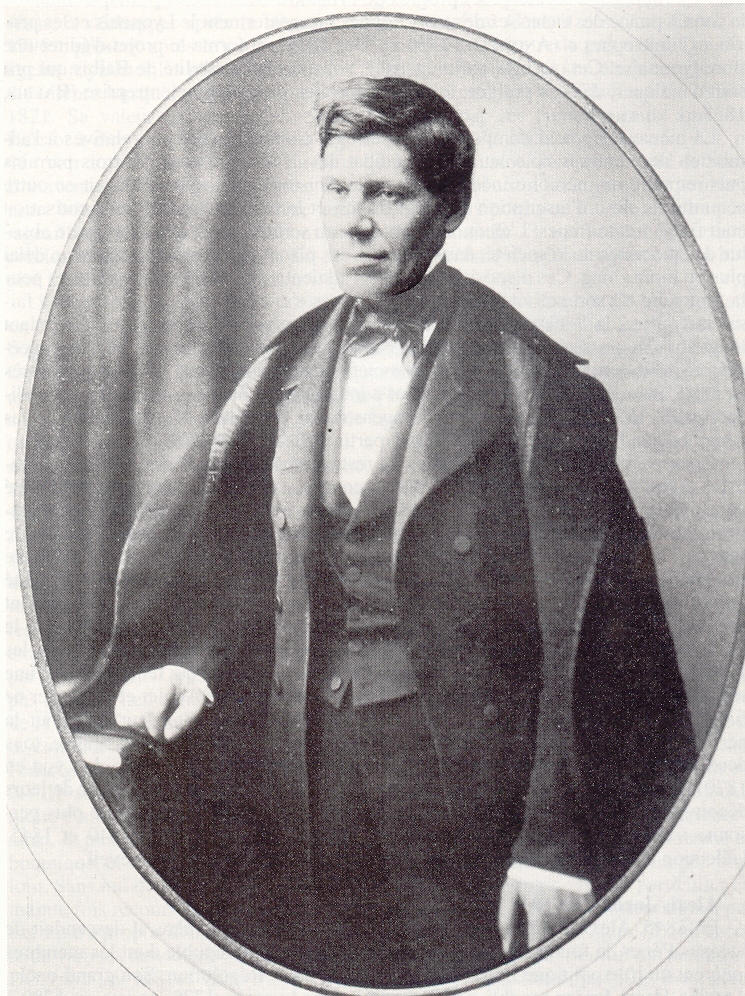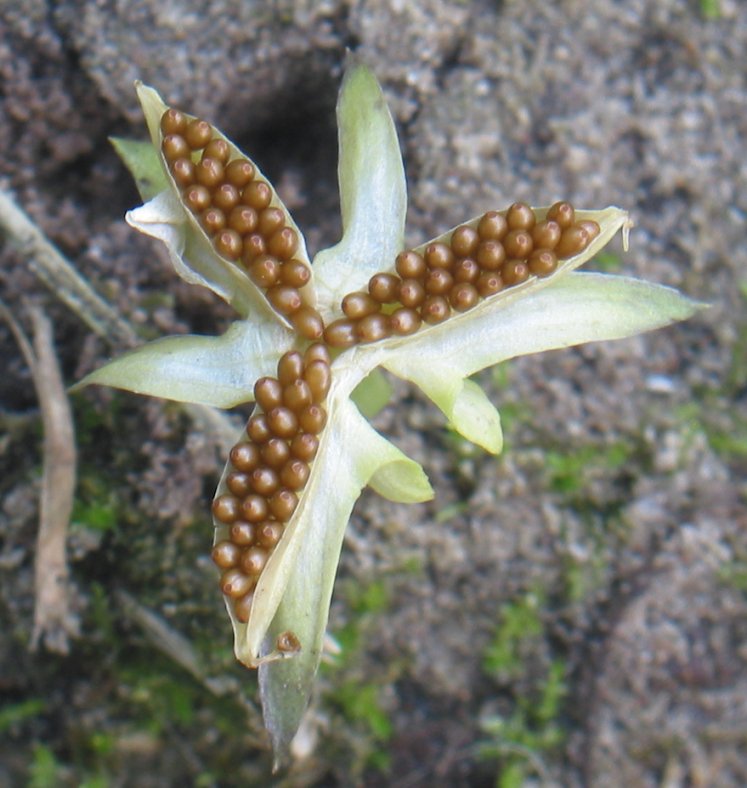|
Early Dog-violet
''Viola reichenbachiana'', also known as the early dog-violet, pale wood violet, slender wood violet, hedge violet, or wood dog violet, is a species of flowering plant in the ''Viola'' genus.“Early Dog Violet (Viola Reichenbachiana) - Plants.” ''Candide'', https://candide.com/IE/plants/df534849-458c-4122-98bc-31d13f2f5891.“Viola Reichenbachiana Jordan Ex Boreau: Species.” Ganeshaiah, K. N., UAS, Bangalore, India.; Kailash, B. R., ATREE, Bangalore, India.; Royal Norwegian Embassy grants. Indian Bioresource Information Network (IBIN), Department of Biotechnology, New Delhi, India. ''India Biodiversity Portal'', IBP, https://indiabiodiversity.org/species/show/262252. This species hybridises with ''Viola riviniana'', the common dog-violet, to produce ''Viola'' × ''bavarica''. The plant is named after the 19th-century botanist Ludwig Reichenbach. It is a rhizomatous herbaceous perennial that is widely known for its purple petals, and it typically resides along road banks or a ... [...More Info...] [...Related Items...] OR: [Wikipedia] [Google] [Baidu] |
Claude Thomas Alexis Jordan
Claude Thomas Alexis Jordan (29 October 1814 in Lyon – 7 February 1897 in Lyon) was a French botanist and taxonomist. Life and work Jordan was in Lyons where his father César was from a wealthy business family and his mother Jeanne-Marie (Adèle) Caquet d’Avaize had a lawyer father. The mathematician Camille Jordan and the namesake politician were cousins. He chose to study natural history rather than become a businessman. From 1836 to 1877 he traveled widely throughout France, collecting many botanical specimens on trips to the Massif Central, the Alps, the Pyrenees as well as on excursions to locations near Lyon. As a member of the Linnaean Society of Lyon, he came under the influence of several local naturalists, including Marc Antoine Timeroy, an amateur botanist who would have a profound impact upon his career. At Jordan's extensive botanical garden in Lyon, with his assistant Joseph Victor Viviand-Morel, he cultivated many thousands of different varieties of pl ... [...More Info...] [...Related Items...] OR: [Wikipedia] [Google] [Baidu] |
Alexandre Boreau
Alexandre Boreau (March 15, 1803 – May 5, 1875) was a French pharmacist and botanist. He is the binomial authority of plants such as ''Polygonum arenastrum'' and '' Pulmonaria longifolia''. Biography Boreau was born in Saumur, in the department of Maine-et-Loire on March 15, 1803. His father was a laborer, and upon his father's death, Boreau worked at baths established on the quay of the Loire, upstream of the Cessart bridge. Still a boy, Boreau came under the protection of his godfather Abel Aubert du Petit-Thouars, an admiral. Boreau was able to study humanities at the college of Saumur. In 1820, he began training to be a pharmacist while working in a dispensary in Angers. Within the framework of these studies, he developed an interest in botany, and he enrolled in courses and studied at the jardin des plantes d'Angers. After his marriage to Antoinette Morin, in 1828, he opened a dispensary in Nevers. He devoted himself to botany and research. He collaborated with Count Ja ... [...More Info...] [...Related Items...] OR: [Wikipedia] [Google] [Baidu] |
Viola Reichenbachiana MHNT
The viola ( , () ) is a string instrument of the violin family, and is usually bowed when played. Violas are slightly larger than violins, and have a lower and deeper sound. Since the 18th century, it has been the middle or alto voice of the violin family, between the violin (which is tuned a perfect fifth higher) and the cello (which is tuned an octave lower). The strings from low to high are typically tuned to C3, G3, D4, and A4. In the past, the viola varied in size and style, as did its names. The word ''viola'' originates from the Italian language. The Italians often used the term ''viola da braccio'', meaning, literally, 'of the arm'. "Brazzo" was another Italian word for the viola, which the Germans adopted as ''Bratsche''. The French had their own names: ''cinquiesme'' was a small viola, ''haute contre'' was a large viola, and ''taile'' was a tenor. Today, the French use the term ''alto'', a reference to its range. The viola was popular in the heyday of five-part harm ... [...More Info...] [...Related Items...] OR: [Wikipedia] [Google] [Baidu] |
Hybrid Plant
In biology, a hybrid is the offspring resulting from combining the qualities of two organisms of different varieties, subspecies, species or genera through sexual reproduction. Generally, it means that each cell has genetic material from two different organisms, whereas an individual where some cells are derived from a different organism is called a chimera. Hybrids are not always intermediates between their parents such as in blending inheritance (a now discredited theory in modern genetics by particulate inheritance), but can show hybrid vigor, sometimes growing larger or taller than either parent. The concept of a hybrid is interpreted differently in animal and plant breeding, where there is interest in the individual parentage. In genetics, attention is focused on the numbers of chromosomes. In taxonomy, a key question is how closely related the parent species are. Species are reproductively isolated by strong barriers to hybridization, which include genetic and morpholog ... [...More Info...] [...Related Items...] OR: [Wikipedia] [Google] [Baidu] |
Viola Riviniana
''Viola riviniana'', the common dog-violet, is a species of flowering plant in the family Violaceae, native to Eurasia and Africa. It is also called wood violet and dog violet. It inhabits woodland edges, grassland and shady hedge banks. It is found in all soils except those which are acid or very wet. Growing to tall and broad, this prostrate perennial has dark green, heart-shaped leaves and produces multiple violet coloured flowers in May and June. ''Viola riviniana'' was voted the county flower of Lincolnshire in 2002, following a poll by the wild plant conservation charity Plantlife. Distribution Common in Ireland and all the British Isles.Clapham, A.R., Tutin, T.G. and Warburg, E.F. 1968. ''Excursion Flora of the British Isles''. Cambridge University Press. Wildlife value It is the food plant of the pearl bordered fritillary, small pearl-bordered fritillary, silver-washed fritillary and high brown fritillary butterflies. It is a known host of the pathogenic fung ... [...More Info...] [...Related Items...] OR: [Wikipedia] [Google] [Baidu] |
Ludwig Reichenbach
Heinrich Gottlieb Ludwig Reichenbach (8 January 1793 – 17 March 1879) was a German botanist, ornithologist and illustrator. It was he who first requested Leopold and Rudolf Blaschka, Leopold Blaschka to make a set of glass marine invertebrate models for scientific education and museum showcasing, the successful commission giving rise to the creation of the Blaschkas' Glass sea creatures and, subsequently and indirectly, the more famous Glass Flowers. Early life Born in Leipzig and the son of Johann Friedrich Jakob Reichenbach (the author in 1818 of the first Greek-German dictionary) Reichenbach studied medicine and natural science at the University of Leipzig in 1810, becoming a professor and, eight years later in 1818, an instructor. In 1820, he was appointed the director of the Dresden natural history museum and a professor at the Surgical-Medical Academy in Dresden, where he remained for many years. Together with Carl Friedrich Heinrich Schubert he started in 1822 to edit and ... [...More Info...] [...Related Items...] OR: [Wikipedia] [Google] [Baidu] |
Herbaceous
Herbaceous plants are vascular plants that have no persistent woody stems above ground. This broad category of plants includes many perennials, and nearly all annuals and biennials. Definitions of "herb" and "herbaceous" The fourth edition of the '' Shorter Oxford English Dictionary'' defines "herb" as: # "A plant whose stem does not become woody and persistent (as in a tree or shrub) but remains soft and succulent, and dies (completely or down to the root) after flowering"; # "A (freq. aromatic) plant used for flavouring or scent, in medicine, etc.". (See: Herb) The same dictionary defines "herbaceous" as: # "Of the nature of a herb; esp. not forming a woody stem but dying down to the root each year"; # "BOTANY Resembling a leaf in colour or texture. Opp. scarious". Botanical sources differ from each other on the definition of "herb". For instance, the Hunt Institute for Botanical Documentation includes the condition "when persisting over more than one growing season, the ... [...More Info...] [...Related Items...] OR: [Wikipedia] [Google] [Baidu] |
Perennial Plant
In horticulture, the term perennial (''wikt:per-#Prefix, per-'' + ''wikt:-ennial#Suffix, -ennial'', "through the year") is used to differentiate a plant from shorter-lived annual plant, annuals and biennial plant, biennials. It has thus been defined as a plant that lives more than 2 years. The term is also loosely used to distinguish plants with little or no woody growth (secondary growth in Tree girth measurement, girth) from trees and shrubs, which are also technically ''perennials''. Notably, it is estimated that 94% of plant species fall under the category of perennials, underscoring the prevalence of plants with lifespans exceeding two years in the botanical world. Perennials (especially small flowering plants) that grow and bloom over the spring and summer, die back every autumn and winter, and then return in the spring from their rootstock or other overwintering structure, are known as Herbaceous plant, herbaceous perennials. However, depending on the rigours of the loca ... [...More Info...] [...Related Items...] OR: [Wikipedia] [Google] [Baidu] |
BSBI News
The Botanical Society of Britain and Ireland (BSBI) is a scientific society for the study of flora, plant distribution and taxonomy (biology), taxonomy relating to Great Britain, Ireland, the Channel Islands and the Isle of Man. The society was founded as the Botanical Society of London in 1836, and became the Botanical Society of the British Isles, eventually changing to its current name in 2013. It includes both professional and amateur members and is the largest organisation devoted to botany in the British Isles. Its history is recounted in David Allen's book ''The Botanists''. The society publishes handbooks and journals, conducts national surveys and training events, and hosts conferences. It also awards grants and bursaries, sets professional standards (with Field Identification Skills Certificates (FISCs)), and works in an advisory capacity for governments and NGOs. The society is managed by a council of elected members, and is a Registered Charity in England & Wales (21 ... [...More Info...] [...Related Items...] OR: [Wikipedia] [Google] [Baidu] |
Viola (plant)
''Viola'', commonly known as the violets, is a genus of flowering plants in the family Violaceae. It is the largest genus in the family, containing over 680 species. Most species are found in the temperateness, temperate Northern Hemisphere; however, some are also found in widely divergent areas such as Hawaii, Australasia, and the Andes. Some ''Viola'' species are perennial plants, some are annual plants, and a few are small shrubs. Many species, varieties and cultivars are grown in gardens for their ornamental flowers. In horticulture, the term pansy is normally used for those multi-colored large-flowered cultivars which are raised annually or biennially from seed and used extensively in bedding (horticulture), bedding. Description ''Viola'' species can be Annual plant, annual or Perennial plant, perennial, and can take the form of Herbaceous plant, herbs, shrubs or very rarely treelets. In acaulescent taxa the foliage and flowers appear to rise from the ground. The remain ... [...More Info...] [...Related Items...] OR: [Wikipedia] [Google] [Baidu] |








